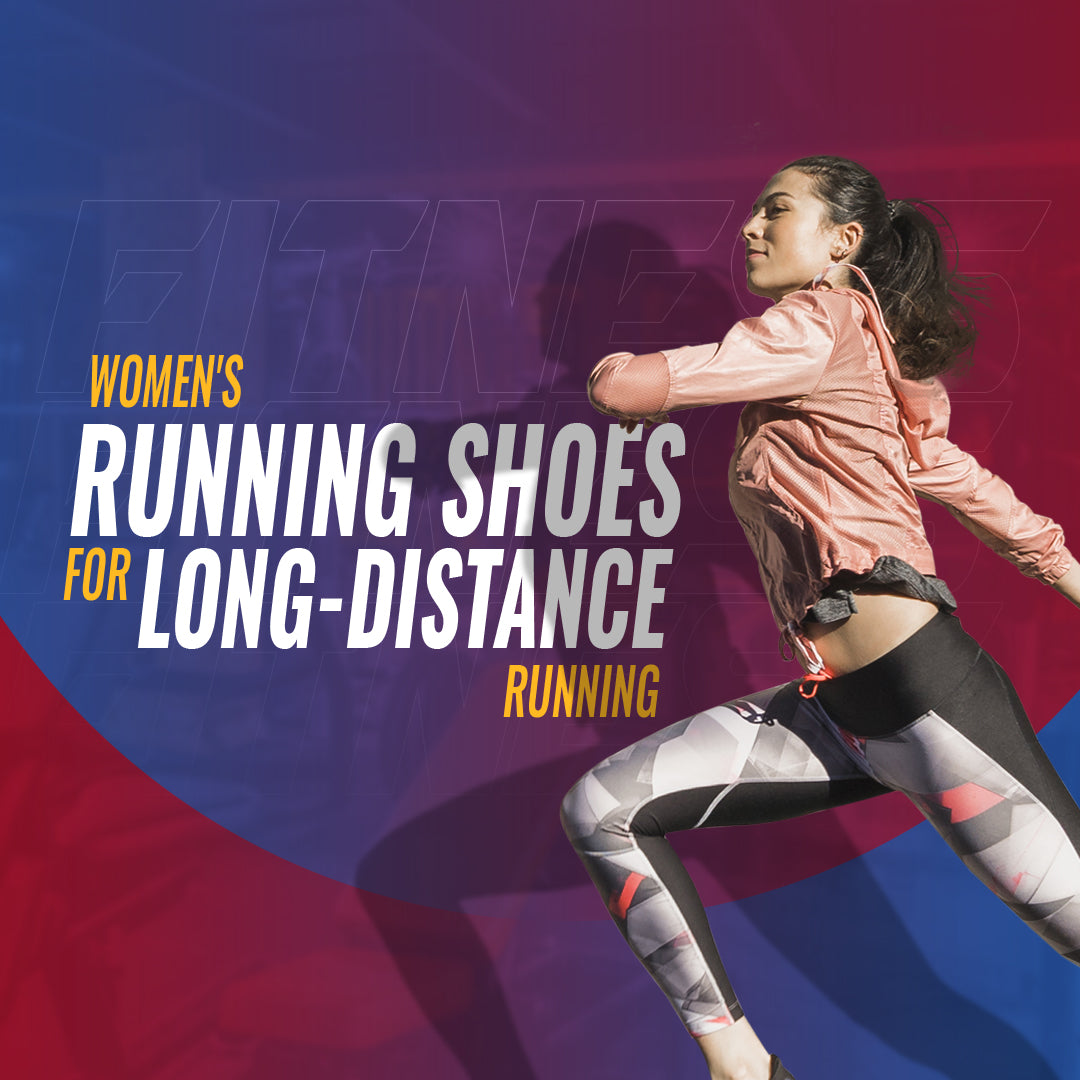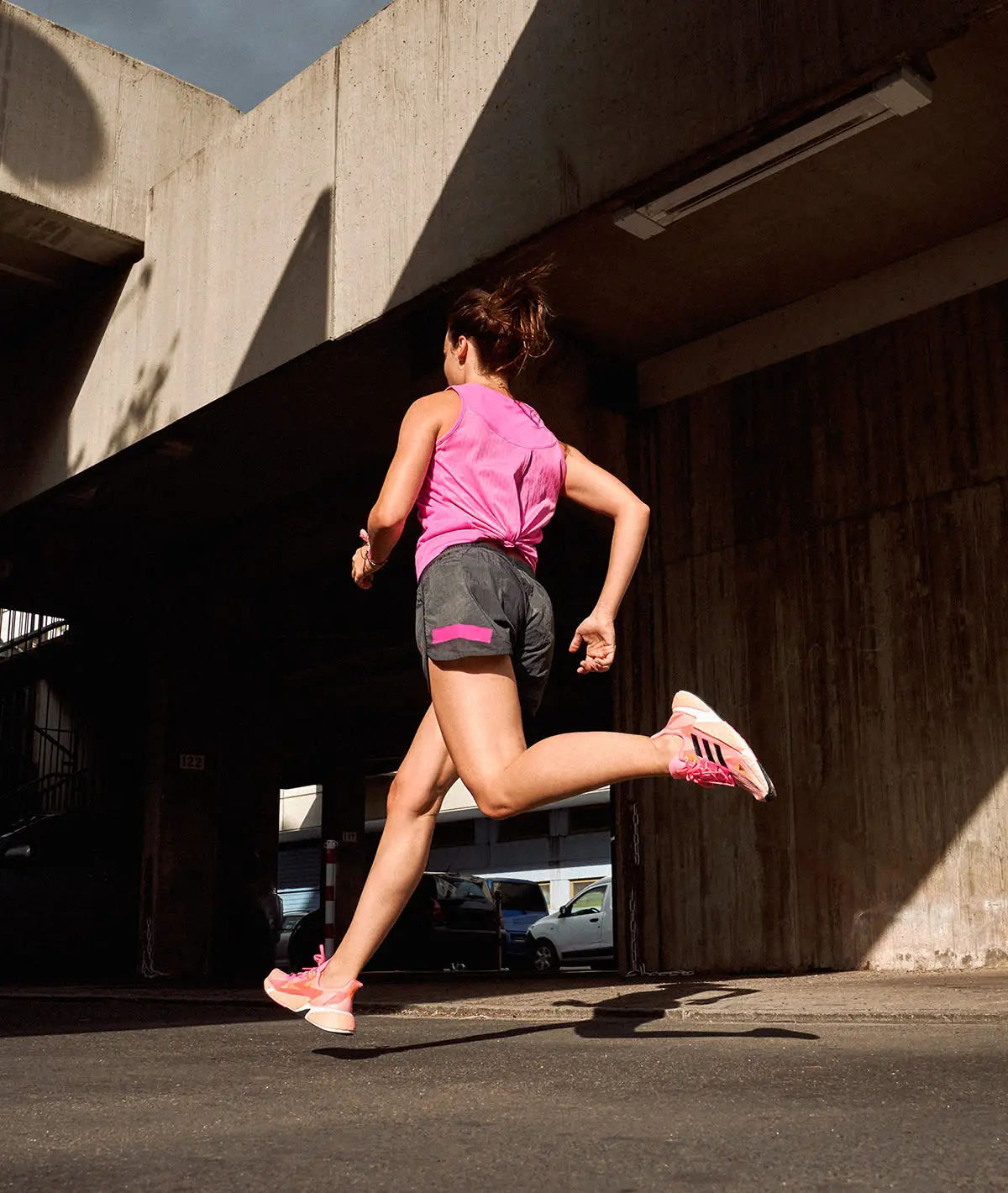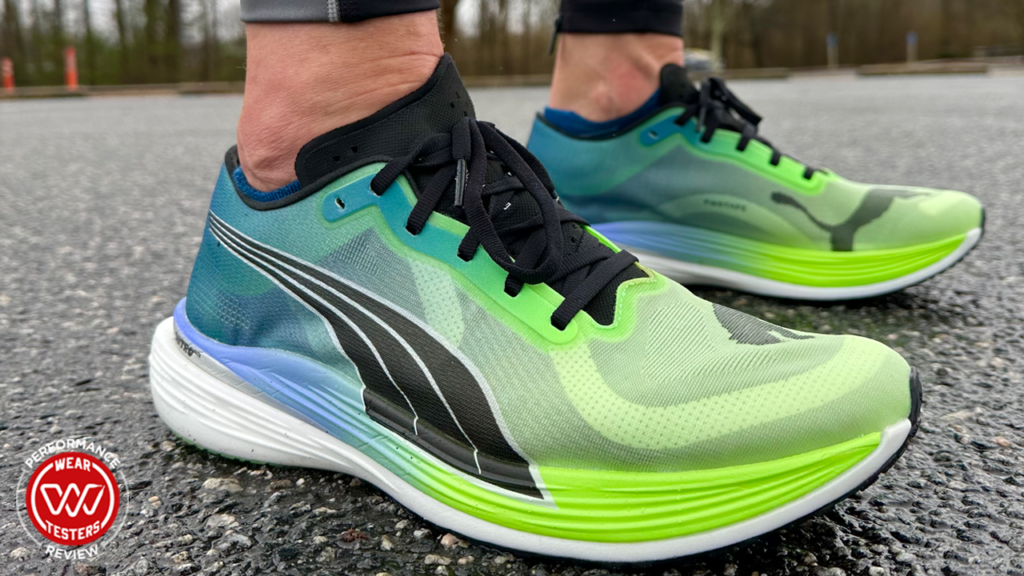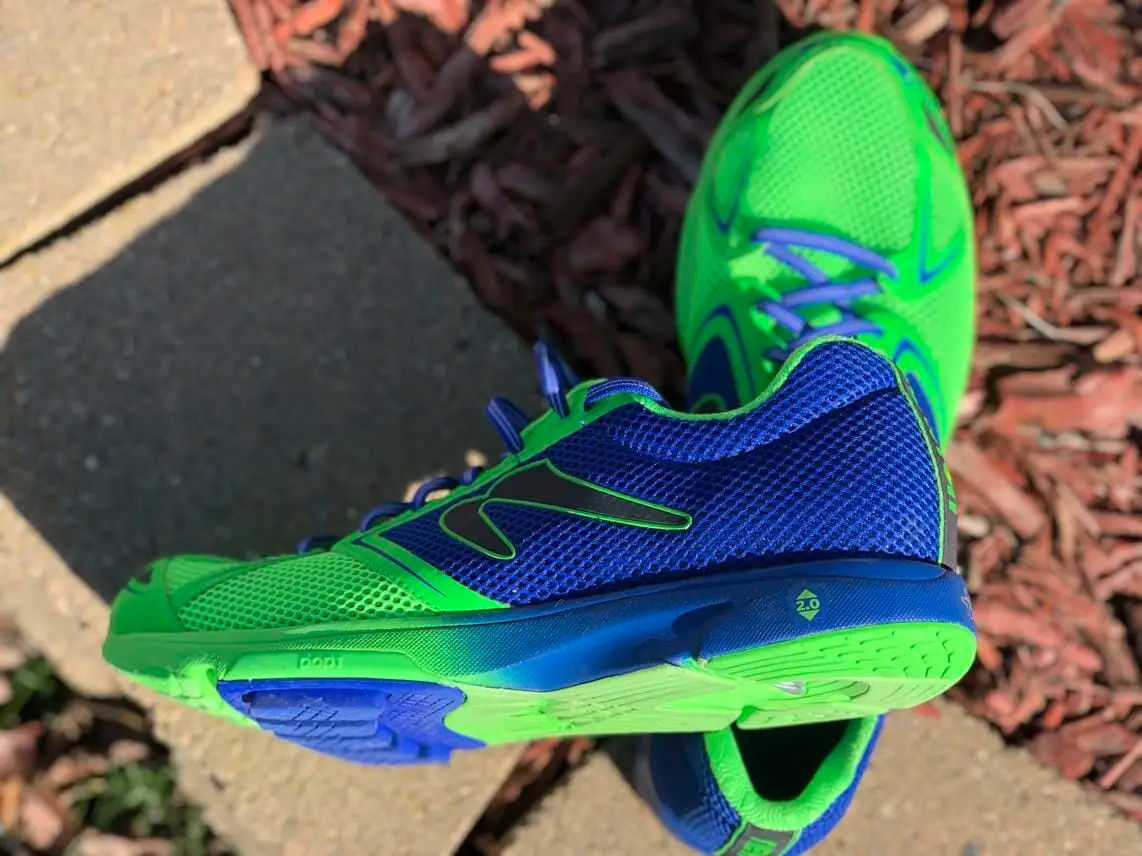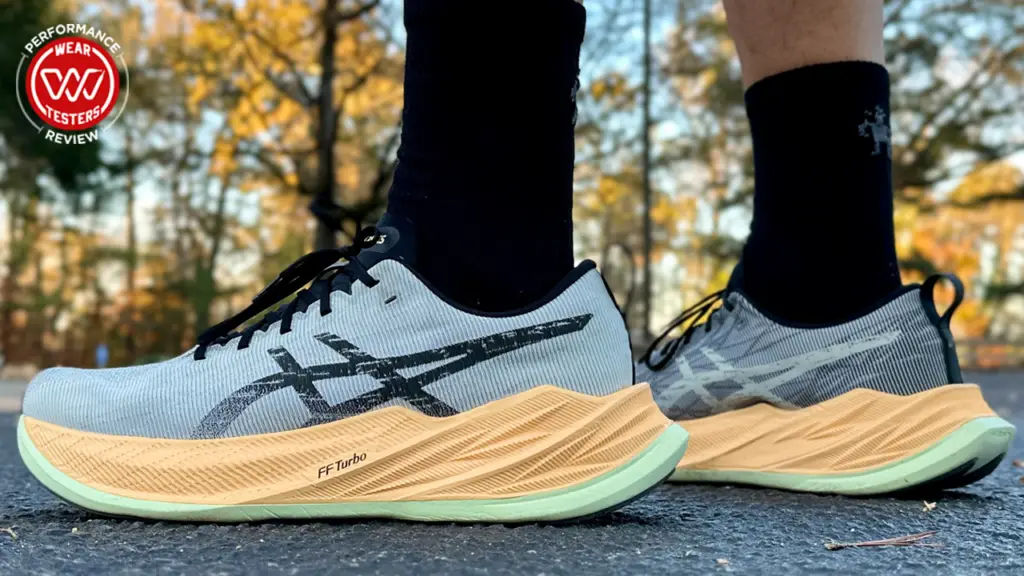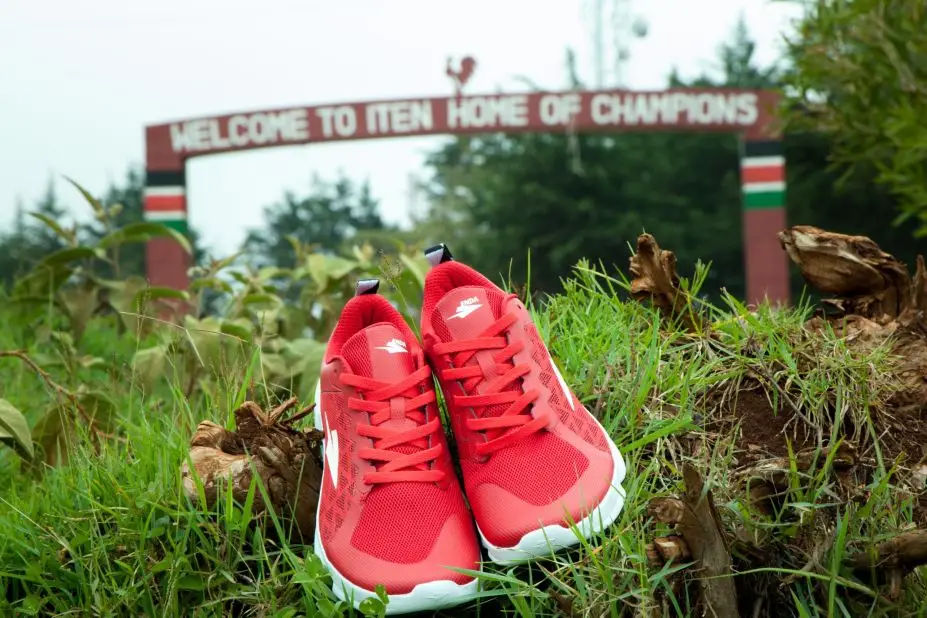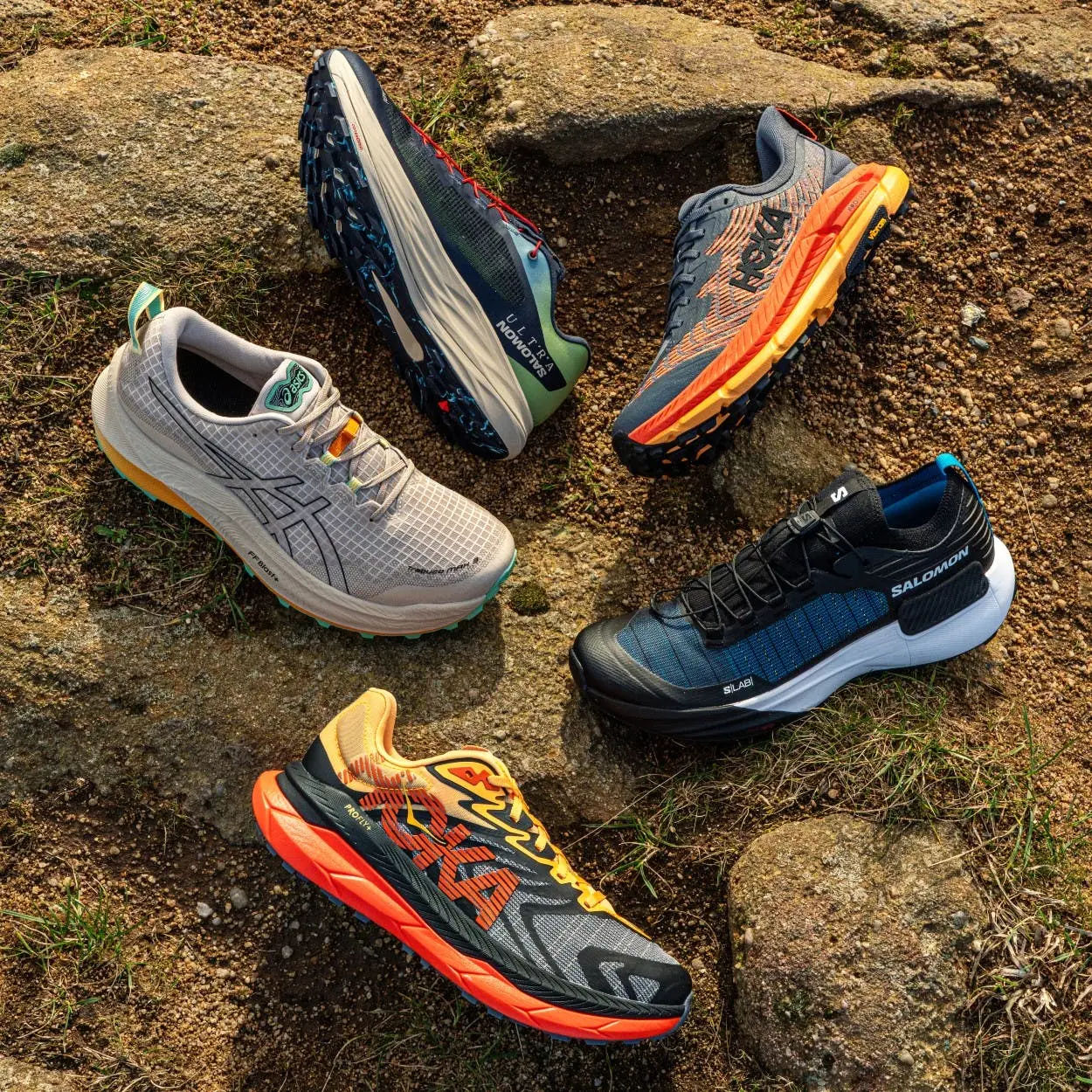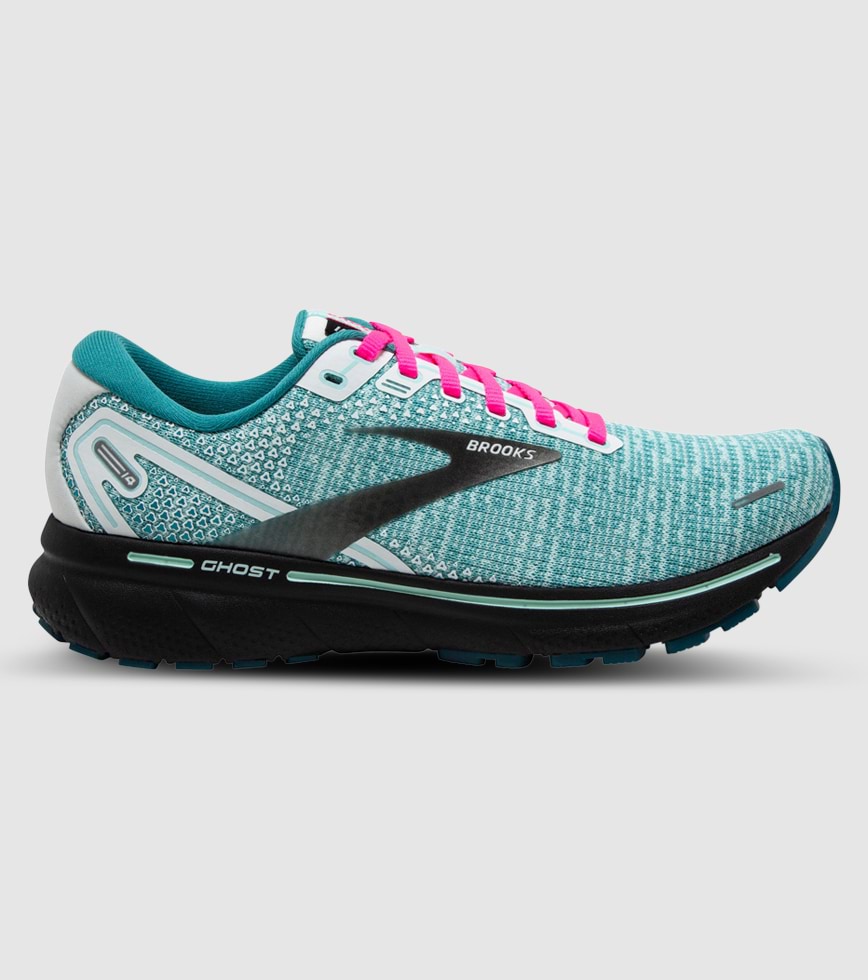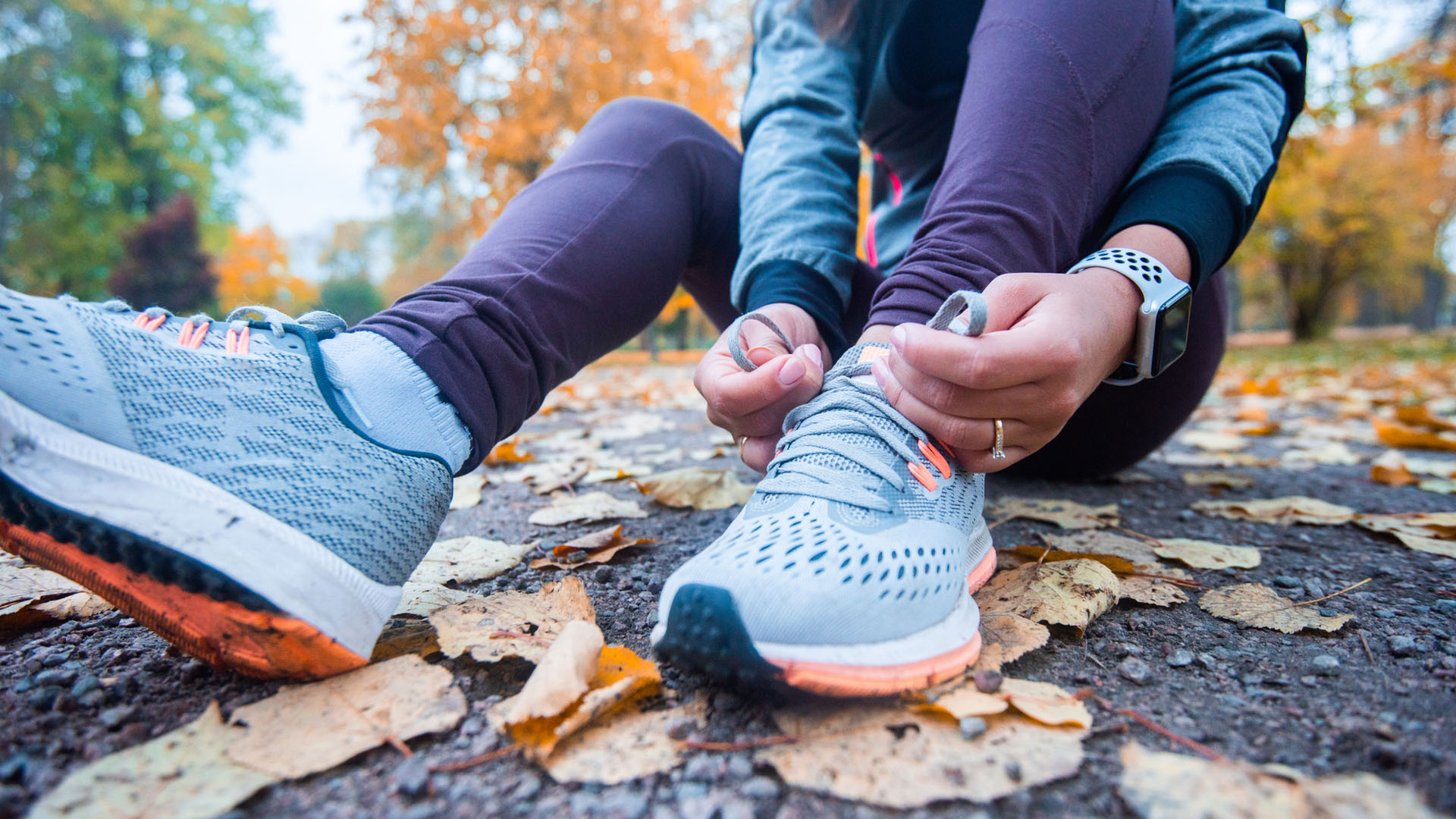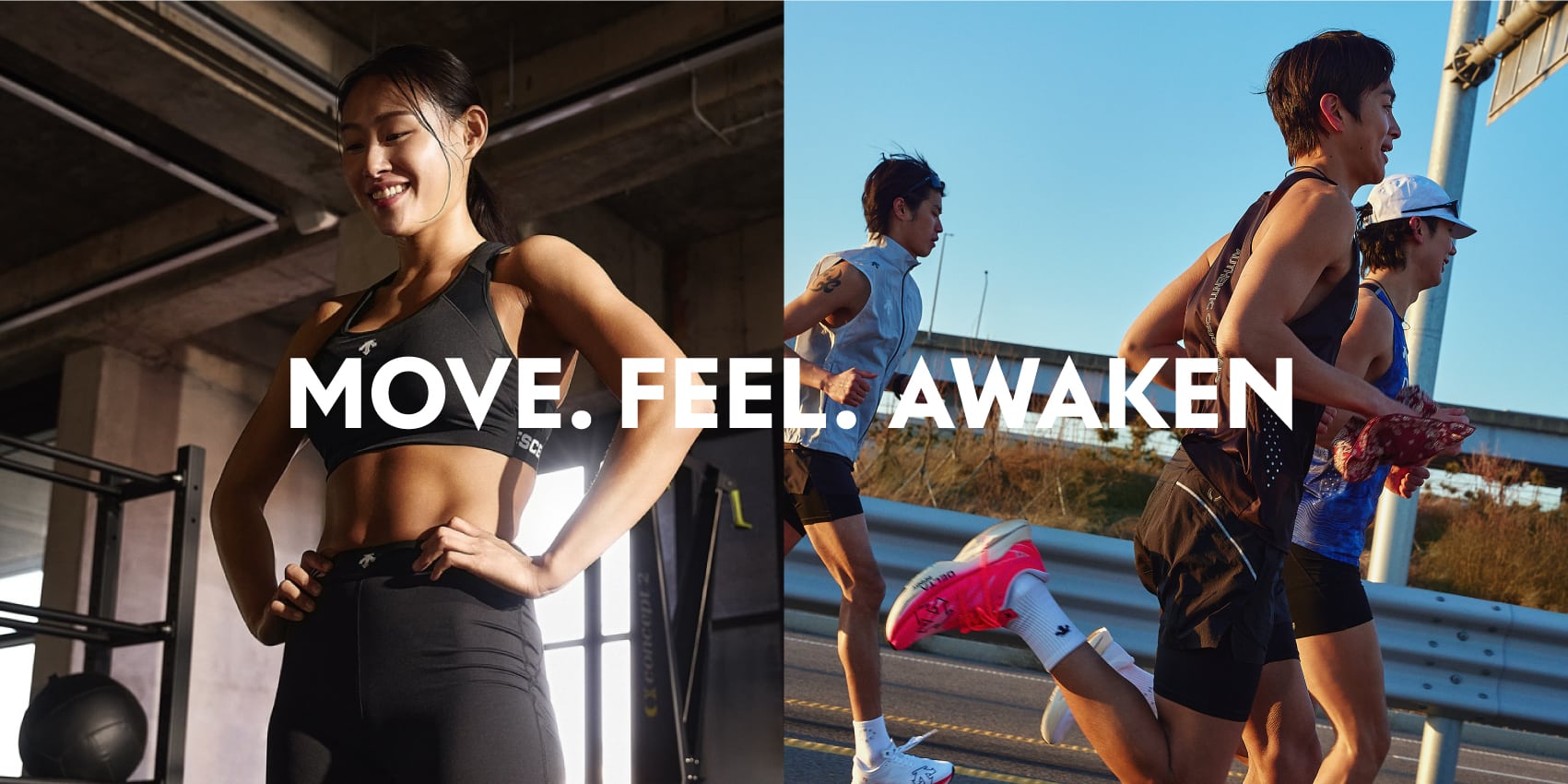Now Reading: Finding the Best Running Shoes for Distance Running
-
01
Finding the Best Running Shoes for Distance Running
Finding the Best Running Shoes for Distance Running
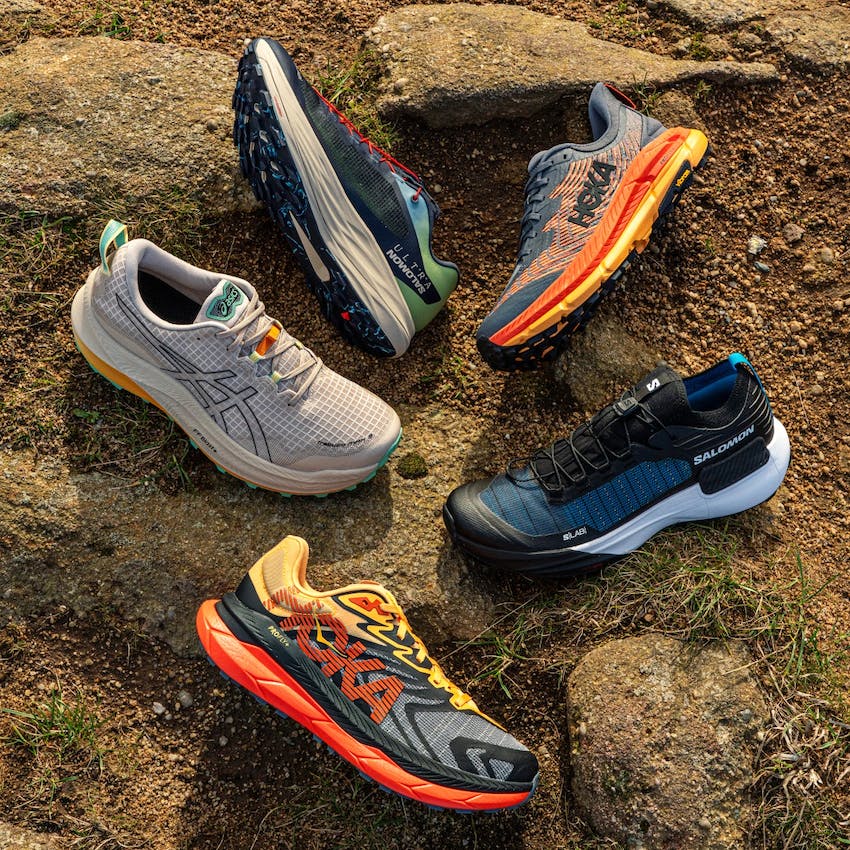
Running long distances can be a challenging and rewarding experience, but it requires the right gear, especially when it comes to your shoes. Choosing the best running shoes for distance running is crucial to prevent injuries, improve performance, and ensure long-term comfort. With so many options available on the market, finding the perfect pair of distance running shoes can be overwhelming. That’s why we have created this comprehensive guide to help you make an informed decision and find the best running shoes for your needs.
Essential Factors to Consider When Choosing Distance Running Shoes
Before diving into the different types of distance running shoes, it’s essential to understand the key factors that should guide your decision. Here are some essential considerations to keep in mind when looking for the best running shoes for distance running:
1. Comfort
Comfort should be your top priority when choosing distance running shoes. Look for shoes that provide proper cushioning and support for your feet, as well as a good fit. Some runners prefer a snug fit, while others like a bit more room in the toe box. Consider trying on a few pairs and going for a test run to see which shoes feel most comfortable for you.
2. Durability
Distance running shoes need to withstand the wear and tear of long runs, so durability is crucial. Look for high-quality materials and construction that can hold up to the impact of pavement and trails. Check for features such as reinforced rubber outsoles and sturdy overlays to ensure that your shoes will last for many miles to come.
3. Support and Stability
The right amount of support and stability is vital for preventing injuries and maintaining proper form during long-distance runs. The level of support needed varies depending on your foot type and pronation pattern (more on that later). However, generally, distance running shoes should have adequate arch support and a stable base to help you maintain proper alignment throughout your run.
4. Weight
The weight of your shoes can have a significant impact on your performance, especially during long-distance runs. Lighter shoes are typically preferred by runners as they reduce the amount of energy needed to lift your feet and provide a more natural feel. However, it’s essential to strike a balance between weight and cushioning, as overly light shoes may not provide enough support for longer runs.
Top-Rated Distance Running Shoes for Every Type of Runner
Now that we know what factors to consider when choosing distance running shoes let’s take a look at some of the top-rated options on the market. These shoes have been highly praised by both experts and runners for their comfort, durability, and performance.
1. Brooks Ghost 13
The Brooks Ghost 13 is a versatile shoe that can handle a variety of distances, making it an excellent choice for long-distance runs. It provides ample cushioning without feeling too heavy, thanks to its DNA LOFT technology. The shoe also offers good arch support and a smooth ride, making it ideal for neutral runners.
Main Features:
- Midsole drop: 12mm
- Weighs: 8.8 oz (women) 10.1 oz (men)
- Neutral support
- Segmented Crash Pad for smoother heel-to-toe transitions
- DNA LOFT cushioning for a comfortable ride
2. Hoka One One Clifton 7
The Hoka One One Clifton 7 is another popular choice among distance runners. It offers plenty of cushioning and a lightweight design, making it great for long runs. The shoe also features Meta-Rocker technology, which promotes a smooth transition from heel to toe and helps reduce strain on your joints.
Main Features:
- Midsole drop: 5mm
- Weighs: 7.1 oz (women) 9.4 oz (men)
- Neutral support
- EVA foam midsole for cushioning
- Meta-Rocker technology for a smooth ride
3. Nike Zoom Pegasus 38
The Nike Zoom Pegasus 38 is a staple in the distance running shoe market, and for a good reason. This shoe offers a perfect balance of comfort, durability, and performance, making it suitable for runners of all levels. The updated version features more cushioning in the forefoot and a new heel design for a secure fit.
Main Features:
- Midsole drop: 10mm
- Weighs: 8.9 oz (women) 10.2 oz (men)
- Neutral support
- Nike React foam for responsive cushioning
- Zoom Air unit in the forefoot for added bounce
Expert Recommendations: How to Choose the Right Distance Running Shoes
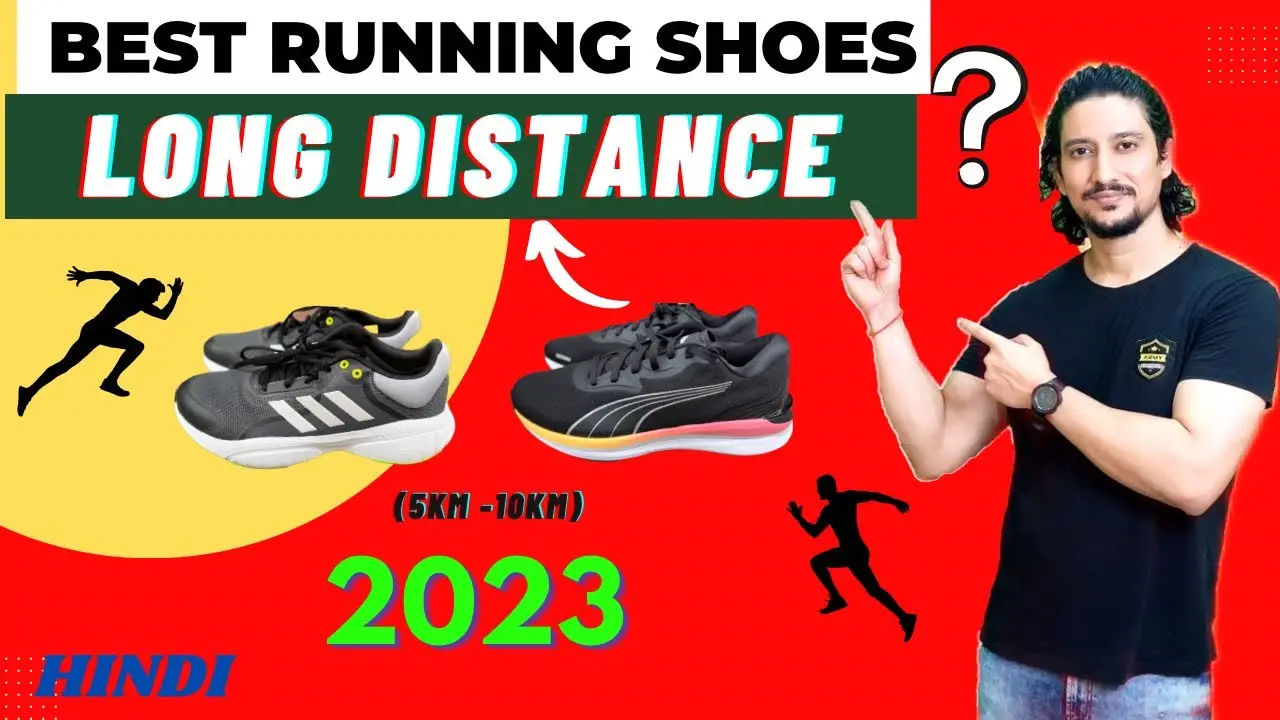
While the above shoes are highly rated by both experts and runners, it’s essential to consider your individual needs when choosing the right distance running shoes. Here are some expert tips to help you make the best decision:
1. Determine Your Foot Type and Pronation Pattern
Your foot type and pronation pattern play a significant role in determining which type of distance running shoes will work best for you. If you’re not sure about your foot type, you can visit a specialty running store or speak with a podiatrist for a professional analysis. Generally, there are three main types of feet: normal arches, flat feet, and high arches.
- Normal arches: Runners with normal arches have a well-defined arch and neutral pronation. This means that their foot rolls slightly inward upon impact but doesn’t overpronate.
- Flat feet: Runners with flat feet have little to no arch, leading to overpronation. This means that their foot rolls excessively inward upon impact, which can cause strain on their legs and feet.
- High arches: Runners with high arches have a pronounced arch that doesn’t collapse much upon impact. This can lead to underpronation or supination, where the foot rolls outward, putting more pressure on the outer edge of the foot.
Knowing your foot type and pronation pattern can help you choose the right level of support and stability in your distance running shoes.
2. Get Fitted by a Professional
While it’s possible to determine your foot type and pronation pattern yourself, it’s always best to get fitted by a professional. A specialty running store will have trained staff who can analyze your gait and recommend the best shoes for your specific needs. They may also have a treadmill where you can try out different shoes before making a purchase.
3. Consider Your Running Surface
The surface you run on can also play a role in the type of distance running shoes you need. If you primarily run on pavement, look for shoes with ample cushioning to absorb the impact. For trail running, consider shoes with more grip and stability to handle uneven terrain.
The Best Distance Running Shoes for Different Foot Types and Pronation Patterns
Now that we understand the importance of considering our foot type and pronation pattern when choosing distance running shoes let’s take a closer look at the best options for each type:
1. Normal Arches – Saucony Ride 13
For runners with normal arches, the Saucony Ride 13 is an excellent choice. It offers a good balance of cushioning and support and is suitable for both long-distance and speed runs. The shoe features an engineered mesh upper for breathability and a responsive midsole for a smooth ride.
Main Features:
- Midsole drop: 8mm
- Weighs: 7.5 oz (women) 9.5 oz (men)
- Neutral support
- PWRRUN cushioning for a responsive ride
- FORMFIT technology for a personalized fit
2. Flat Feet – Asics GT-2000 9
For runners with flat feet, the Asics GT-2000 9 is an excellent option. It offers plenty of stability and support to help prevent overpronation. The shoe features a Dynamic DuoMax system and GEL technology in the rearfoot for added cushioning and shock absorption.
Main Features:
- Midsole drop: 10mm
- Weighs: 8.4 oz (women) 10.1 oz (men)
- Stability support
- FlyteFoam midsole technology for lightweight cushioning
- GUIDANCE LINE technology for a smooth stride
3. High Arches – New Balance Fresh Foam 1080v11
For runners with high arches, the New Balance Fresh Foam 1080v11 is a top choice. It provides ample cushioning and a soft, plush feel, making it great for longer runs. The shoe also features a blown rubber outsole for durability and a secure heel fit.
Main Features:
- Midsole drop: 8mm
- Weighs: 7.6 oz (women) 9.9 oz (men)
- Neutral support
- Fresh Foam X midsole technology for cushioning
- Ultra Heel design for a snug fit
Tips for Maintaining and Caring for Your Distance Running Shoes
Once you’ve found the perfect pair of distance running shoes, it’s essential to take good care of them to ensure they last as long as possible. Here are some tips for maintaining and caring for your shoes:
- Rotate between two or more pairs of shoes to give each pair time to bounce back from wear.
- Avoid throwing your shoes in the washing machine as this can damage the materials. Instead, hand wash them with mild detergent and let them air dry.
- If your shoes get wet, stuff them with newspaper to help absorb the moisture and prevent odors.
- Replace your running shoes every 300-500 miles or when you start to notice significant wear and tear.
Common Mistakes to Avoid When Choosing Distance Running Shoes
When searching for the best running shoes for distance running, it’s essential to avoid these common mistakes:
1. Not Getting Fitted Properly
As mentioned earlier, getting fitted by a professional is crucial when choosing distance running shoes. Skipping this step can lead to discomfort and potential injuries down the line.
2. Ignoring Your Pronation Pattern
It’s essential to consider your pronation pattern when choosing distance running shoes. Neglecting this factor can result in insufficient support, leading to discomfort and potential injuries.
3. Buying Based on Brand or Style Alone
While it’s tempting to choose a shoe based on its aesthetically pleasing design or a popular brand name, it’s crucial to prioritize comfort and functionality over style.
The Future of Distance Running Shoes: Innovations and Trends
The world of distance running shoes is continually evolving, with new innovations and trends emerging every year. Here are some exciting developments to look out for in the near future:
- Customized 3D-printed shoes that are tailored to each individual’s foot shape and running style.
- More sustainable materials and production processes, such as using recycled plastic for shoe components.
- Technology-enhanced shoes, such as embedded sensors that track performance and provide real-time feedback.
With these advancements, the future of distance running shoes looks bright, and we can expect to see even more comfortable, durable, and high-performing options on the market.
Conclusion
Choosing the best running shoes for distance running may seem like a daunting task, but with the right knowledge and considerations, it doesn’t have to be. Remember to prioritize comfort, durability, and support, and get fitted by a professional to find the perfect pair for your specific needs. With the help of this guide, you’ll be well on your way to finding your ideal distance running shoes and conquering those long runs like a pro. Happy running!


